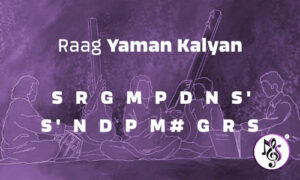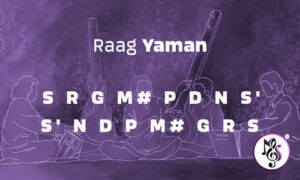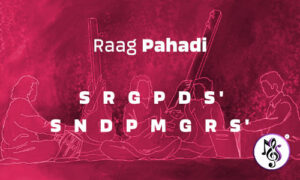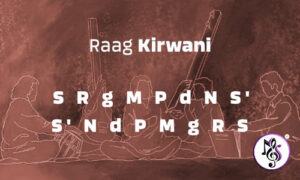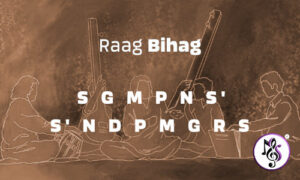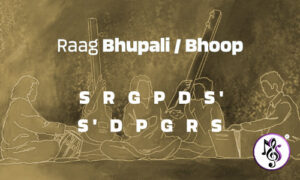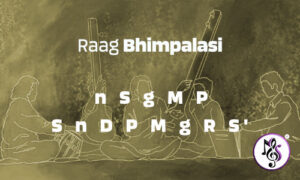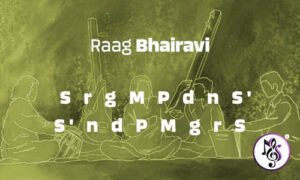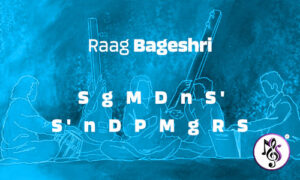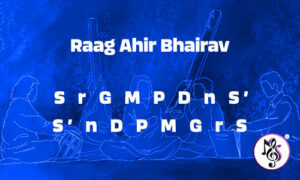Some Popular Raag in Indian Classical Music
Learn the basic concept of Raag in Hindustani Classical Music. The following introductions have been devised keeping in mind the level of understanding of beginners so that they do not get confused with the technical difficulties in learning Raag. The information given below is very basic and must be referred to as just guidelines. For thorough understanding of Raag, one must seek advice from a learned teacher.


